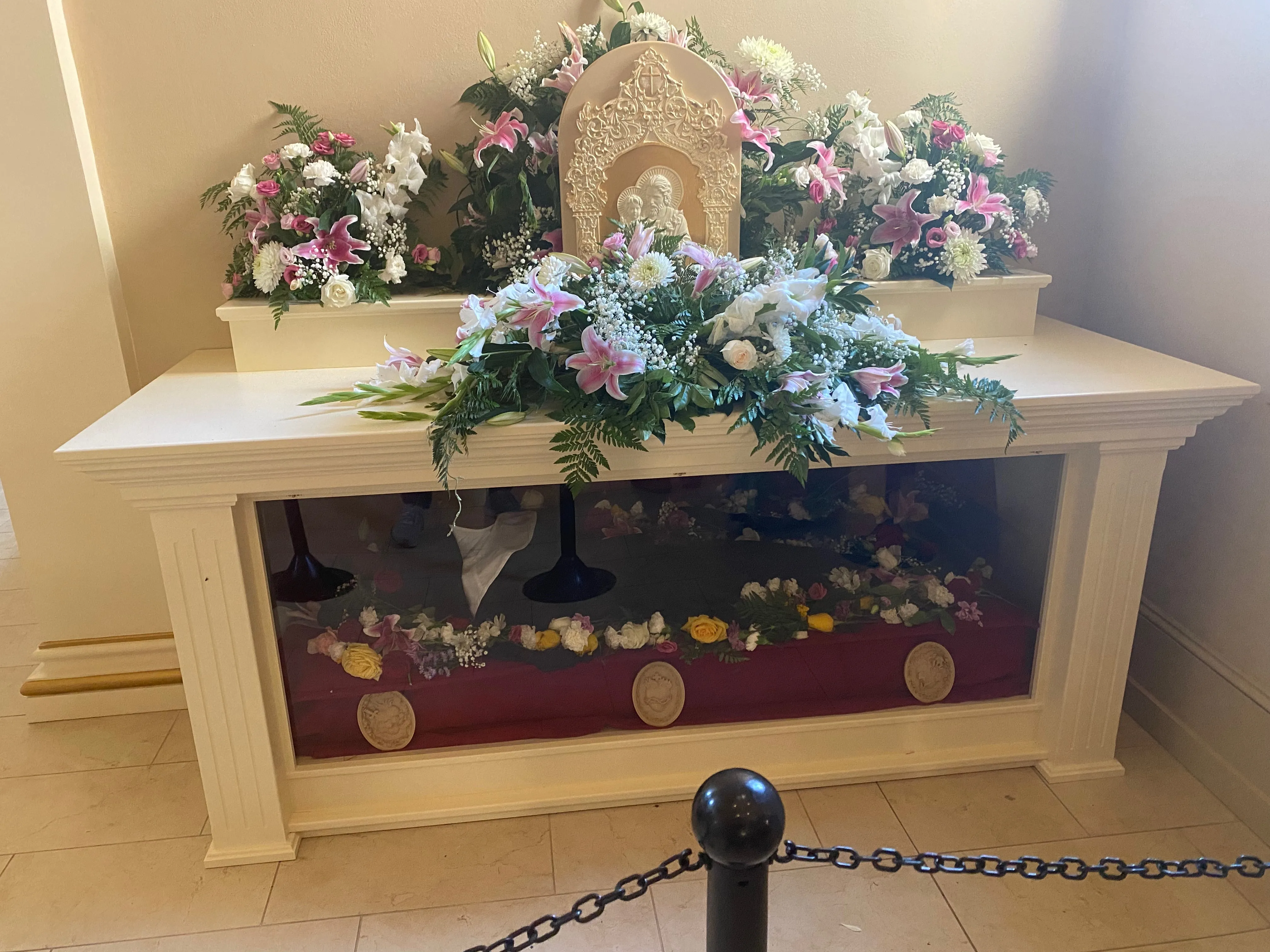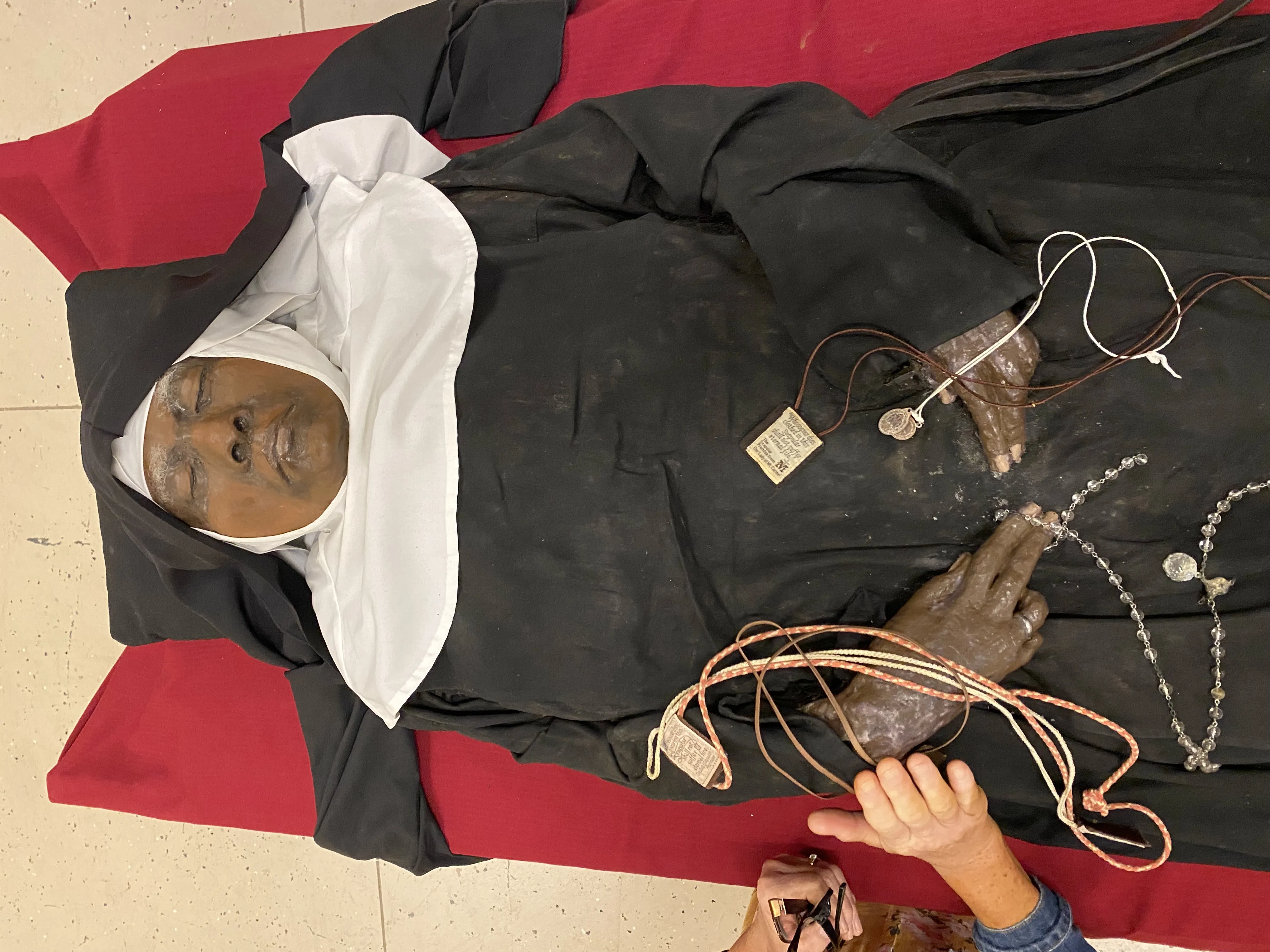
Vatican City, Apr 28, 2021 / 06:15 am (CNA).
The prefect of the Vatican’s doctrinal office stressed on Tuesday that in marriage annulment or dissolution cases, the Church’s procedural law and the pastoral care of persons are not in conflict.
Cardinal Luis Ladaria, S.J., spoke at the opening session of a study day hosted by the Congregation for the Doctrine of the Faith (CDF) and the Pontifical Lateran University.
The April 27 study day was devoted to the 2001 instruction Potestas ecclesiae, which regulates the Catholic Church’s process for the dissolution of a prior non-sacramental marriage “in favorem fidei” (in favor of the faith).
According to Ladaria, in both dissolution and annulment cases in the Church, “the importance of the inclusion of all the realities of marriage in a pastoral framework” is already contained in the 1983 Code of Canon Law.
The theologian quoted canon 1063, calling it “probably one of the most beautiful of the canons on marriage in the code of canon law.”
Canon 1063 says that “pastors of souls are obliged to take care that their ecclesiastical community offers the Christian faithful the assistance by which the matrimonial state is preserved in a Christian spirit and advances in perfection.”
The canon goes on to outline the concrete ways in which a pastor should provide this assistance for his community.
Ladaria said that pastoral care in the area of marriage is an obligation not only for pastors, but also for the whole Christian community. He rejected the idea that the legal process for a marriage annulment or for the granting of a dissolution of a natural marriage bond is in dichotomy with the spiritual care of souls.
“The position of marriage cases in the context of the pastoral environment was indicated by Pope Francis himself, precisely in his apostolic letters in the form of motu proprio Mitis Iudex Dominus Iesus and Mitis et Misericors Iesus,” he said.
“The Roman Pontiff invites us — in fact, he expresses the obligation on the part of the competent ecclesial authorities — to overcome the temptation to create a divide between the pastoral sphere and the juridical sphere,” Ladaria underlined.
According to the cardinal, in his 2016 apostolic exhortation Amoris laetitia, Pope Francis both deepened the aspect of pastoral accompaniment already contained in the law and drew attention to marriage crises in need of pastoral care, for which the desired outcome is always the preservation of the union if possible.
The 2001 norms of Potestas ecclesiae say that “marriages between non-Catholics, of which at least one is not baptized, under certain conditions can be dissolved by the Bishop of Rome in favor of the faith and for the salvation of souls.”
This dissolution and the process involved, Cardinal Ladaria said, represents “mere grace.”
“It is the dissolution of a natural, valid marriage, entrusted to the supreme pontiff in his role as the supreme pastor of the Catholic Church.”
The dissolution of a marriage “in favorem fidei” can be approved on a case-by-case basis and only by the pope. In this way, it differs from what is called the “Pauline privilege,” when the Church recognizes the automatic dissolution of a natural marriage between two non-baptized persons.
The unique favor of the granting of dissolution for this reason also differs from the annulment of a marriage, which declares that a valid marriage did not occur in the first place.
In his 16-minute address, Ladaria gave some examples of how pastoral accompaniment is naturally contained in the juridical process involved in the application for a dissolution of the marriage bond.
One example the cardinal gave is the requirement, found in Article 4 of Potestas ecclesiae, that at the moment the favor is conceded it must be true that “no possibility exists to restore the partnership of conjugal life.”
Ladaria underlined that this is because the Catholic Church can never favor the dissolution of a marriage, but must always work first to preserve the union if possible.
Another requirement in Potestas ecclesiae is the presence of a new matrimonial project, either in the present or the future, he said, “and the presence of this implies, usually, the dissolution because the preceding matrimony has already failed irrevocably.”
Each person involved, from the couple to new spouses, to children, is in need of pastoral accompaniment, he said.
We must remember, he added, that a person seeking the dissolution of a marriage bond often needs pastoral care not only at the familial and relational level, but also at other spiritual levels, because he or she is often going through the process of catechumenate or conversion into the Catholic Church, for example, or is deepening his or her relationship with Christ and the Church.
“Thus,” Ladaria underlined, “the juridical pastoral aspect of the dissolution of marriage is only one of the elements of a much broader pastoral effort, which grants a renewal of all parts of their lives.”
In Pope Francis’ documents on marriage “even the accompaniment of the faithful in situations of crisis, indeed, in the failure of their union, is part of a uniform family pastoral concept,” he said.
“Accompaniment is needed from pastors and possibly other experts at the local level,” he advised. “which presupposes that both pastors and experts are offered adequate preparation.”
He also noted that separation and divorce are often filled with suffering.
“In the end, in the norms regarding ‘in favorem fidei,’ the Church also turns its gaze to those who are not directly involved in the procedure, but only observe,” he said. “So one of the reasons for the granting of the dissolution of marriage ‘in favorem fidei’ is a unique grace, that is, it should be granted only once, as commanded in the sixth article of the norms.”
He underlined that the Church should make an effort to avoid the expression of an attitude of divorce when one witnesses that the dissolution of a perfectly valid marriage is allowed.
The same pastoral concern is expressed in Article 9 of the norms, he said, when it states that a diocesan bishop should consult with the CDF if there is a fear of causing grave scandal should the dissolution be granted.
“Obviously all of the articles of the norms of which we have spoken are formulated as juridic texts. They are provisions which indicate aspects to observe, which suggest questions to ask during the questioning of the parties and of the witnesses,” he explained.
“However,” he continued, “despite this direct function of the precept of prohibition, these canonical provisions highlight some points of great relevance for the pastoral accompaniment of the couple, of other persons involved, or of those who only observe the modus procedendi [manner of proceeding] of the Church from a distance.”
The cardinal closed by saying that the Church’s institution of the dissolution of a non-sacramental marriage bond “in favorem fidei” is “not just a truly conventional procedure, but intends and should be, at the same time, understood as a pastoral tool suited to the affective side, and a way of seeing a uniform pastoral care of marriage and therefore, of the family.”
If you value the news and views Catholic World Report provides, please consider donating to support our efforts. Your contribution will help us continue to make CWR available to all readers worldwide for free, without a subscription. Thank you for your generosity!
Click here for more information on donating to CWR. Click here to sign up for our newsletter.










If -God forbid- pertinent information is never relayed and gets lost in the woodworks, the result will be twofold: a) it will be a total disaster and b) it will be for the Glory of God. I have in mind the miracle of the catch of 153 fish that came after the Resurrection, when Jesus asked, “Children, have you caught anything to eat?” They didn’t even recognize Him. A stranger was asking them for a bite for breakfast. Then He told them where they could make a catch ….. and it made sense to listen to a stranger. Desperadoes. So they made their haul and came ashore only to find Jesus had had a fire going already with His own fish and bread. Weren’t they very polite to say “Who are you?” Did anyone even say thanks for the tip?
Jesus brought it about at the Sea of Tiberius. It is a great lake with many names. Among other things, Jesus purified the place of the evils of the Herodians.
( correction – Tiberias )
are more than one annulment allowed to the same person in the Catholic Church? First
marriage blessed in the church annulled and later blessed remarriage and requesting another annulment.
John 21 has so many colourful aspects to it. Our Lord didn’t have to have the apostles catch fish for Him. He invites them to bring over some of their catch. What He does is in the natural order not peculiarly religious. He built the fire. Even had some bread there with with His fish already set. Later He shows Peter His purpose to bring him to attention about following Him. But then He must again reassert Himself and remind Peter once more to follow Him. Peter’s question about John following seems somewhat innocent and in place but it is really coy. Interpretations ensue, the “word spread among the brothers” that John “would not die” – they liked to do a lot of talking! And often it all went sideways! John says “I do not think the whole world would contain the books” that could be written about so much that Jesus did. At least they realized in time that this breakfast was not the Mass.